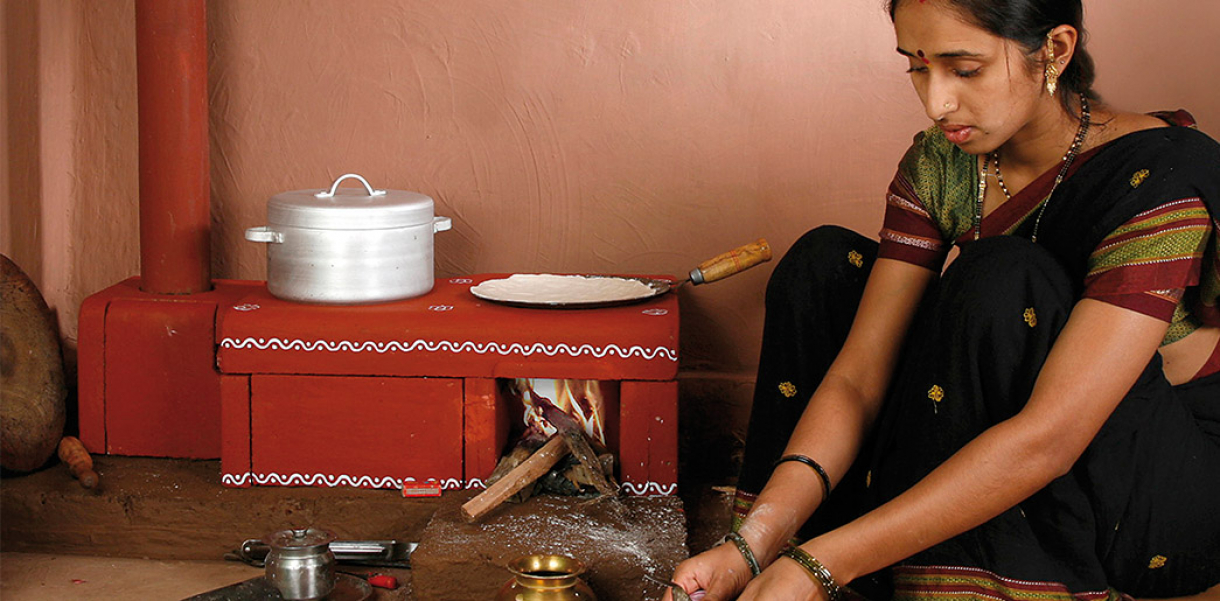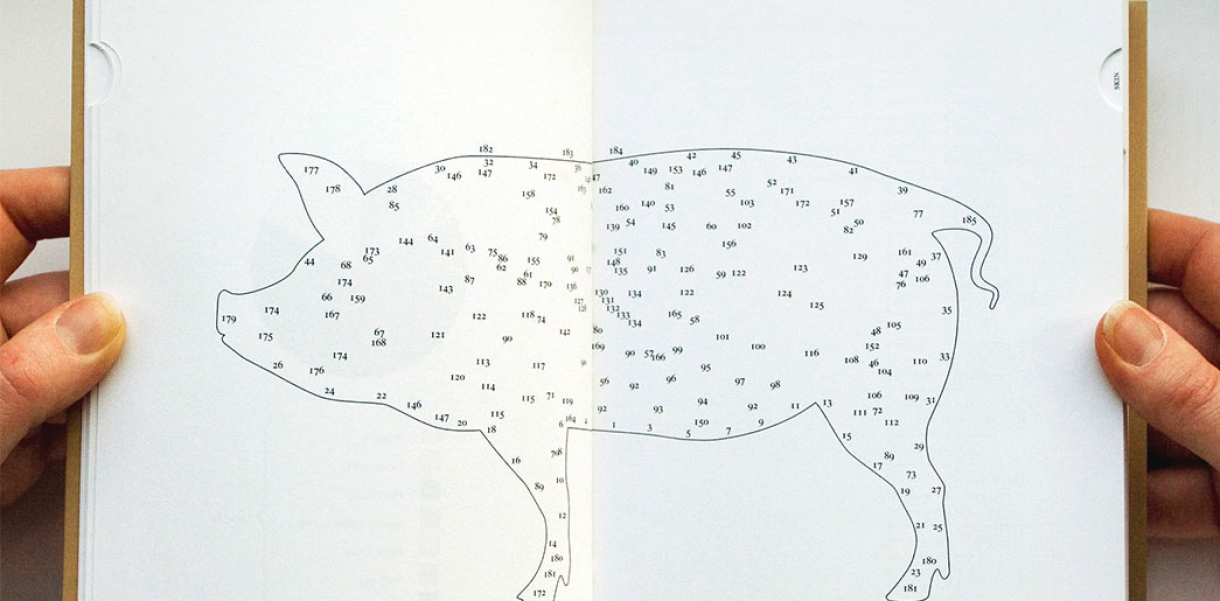The World Health Organization (WHO) estimates that approximately 1.6 million deaths per year are cauased from conditions prompted by the toxic fumes of indoor cooking with biomass fuels, such as wood, dung and peat.
The Chulha by Philips Design creates a safer environment for indoor cooking in several ways. It traps smoke and heat inside a locally cast housing in such a way as to heat two pot-holes with a high rate of efficiency to require less fuel. The smoke is directed through a chimney chamber that includes a stack of slotted clay tablets, which capture the smoke particulates, cleaning the exhaust before it ever leaves the assembly. The chimney then includes an indoor access for cleaning, eliminating the need seen in previous devices for a family member, usually the mother, to climb on the roof and attempt cleaning. This has been blamed for many accidents, along with the toxicity of the smoke.
Notably, Philips has gone to great lengths – and three iterations of the Chulha design – to make it something that seems familiar and attractive to users in the field. Conscious that tradition is the basis for much of the issue the Chulha addresses, Philips’ designers have concentrated much sensitivity on generating a readily acceptable response to the problem.
“In observance of 80 years of design, Philips brought together about 250 designers to look at global issues,” says designer Unmesh Kulkarni of the Philips Design Team based in Pune, India.
“The target users of the Chulha are all the families in rural environments,” says Stefano Marzano, CEO at Philips Design in Eindhoven. “The focus for the creation of the Chulha was India, however there are similarities in many countries in Africa, Latin America and other regions, as well as in India.” “The fact that this product can be manufactured by even the end-user creates the opportunity in any location to actually start the production of the product.”
Designed by
Philips Design
Website
www.design.philips.com






